- Home | Industry Update | India Seeks Stability In Jute Sector As Industry Awaits Key ...
India Seeks Stability in Jute Sector as Industry Awaits Key Decisions from June 3 Expert Panel Meet

With concerns rising over raw jute scarcity, soaring prices, and delayed crop arrivals, the jute industry of India is placing immense hope on the upcoming meeting of the Expert Committee on Jute (ECJ), scheduled for June 3 in Kolkata. The committee, formed under the Ministry of Textiles, is set to evaluate the current supply-demand imbalance and chalk out a roadmap for the 2024-25 and 2025-26 crop cycles.
Despite official figures projecting adequate availability 73 lakh bales in domestic production, 5 lakh bales in imports, and a carryover stock of 23 lakh bales ground-level realities paint a different picture. Industry representatives have flagged rampant hoarding and the absence of firm measures to counter it. Many jute mills are battling procurement difficulties and cost pressures, with several in North Bengal operating for only 4 to 5 days a week.
A delayed monsoon in crucial jute-producing regions like Murshidabad, Nadia, and Goalpara has further disrupted sowing schedules, pushing the expected arrival of fresh crops to September. This could result in a critical supply gap during July and August. Prices have already surged to Rs 6,800 to 7,200 per quintal, significantly above the Minimum Support Price (MSP) of Rs 5,650.
Former Indian Jute Mills Association chairman Sanjay Kajaria has voiced concerns over the inaction of the Jute Commissioner’s Office in releasing buffer stocks or curbing speculative practices. Mills are not only finding it hard to procure raw material at viable rates but also struggling to meet statutory wage obligations.
As anticipation builds, the ECJ meeting is expected to bring immediate solutions. The industry is urging strict enforcement of MSP, timely buffer stock release, and robust action against hoarding to ensure market stability and survival of jute mills that form the backbone of this eco-friendly sector.
02:35 PM, May 26
Other Related Topics
.webp)
Rising Tide of Rivalry Reshapes Bangladesh Path in EU Apparel Market
11:51 AM, Nov 17
Industry Update

Carrington Textiles Introduces Defence Stock Range for Faster Access to Military Fabrics...view more

India’s Energy Giant to Reshape Textile Landscape with Advanced Polyester Hub in Bhadrak...view more




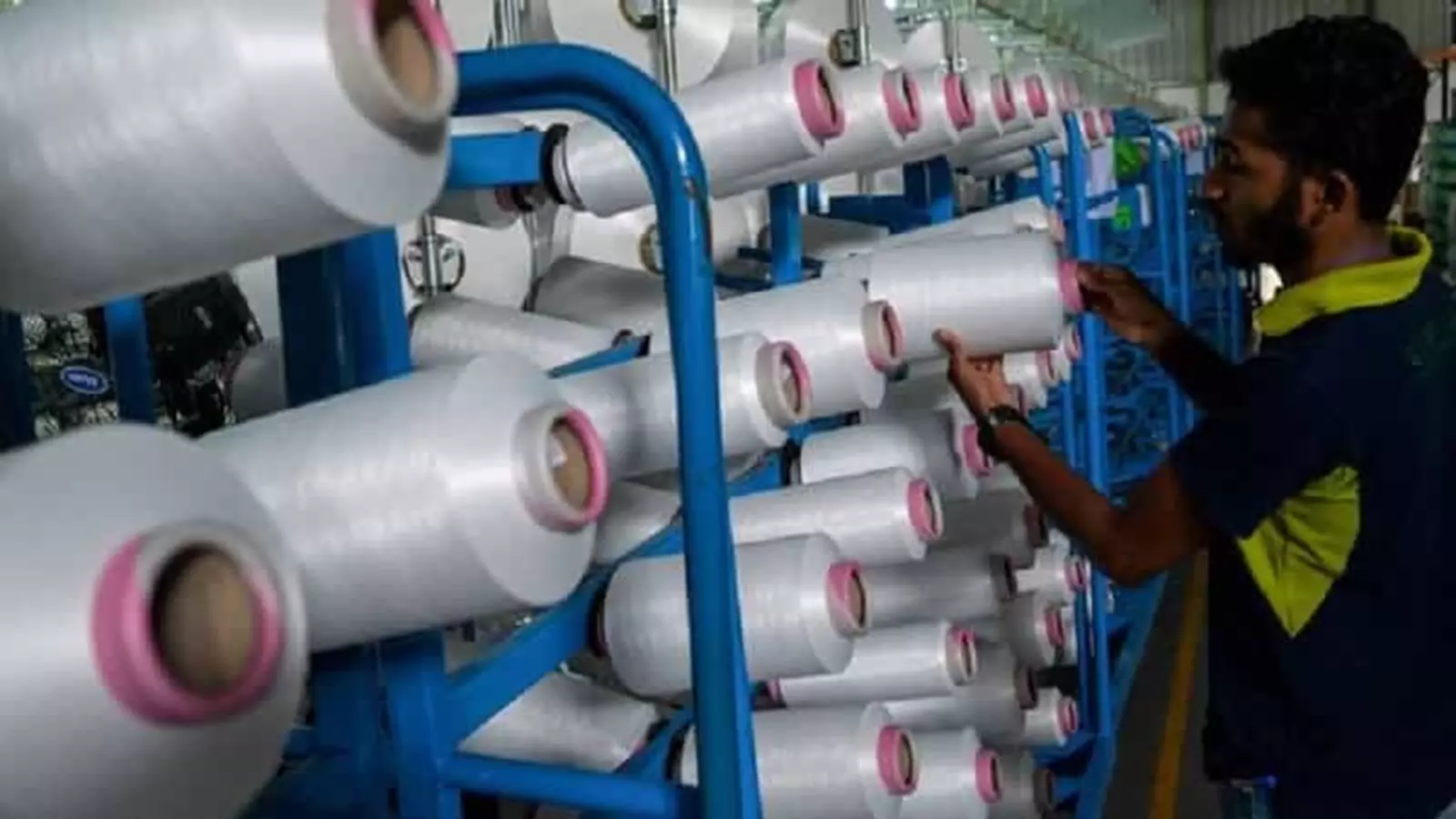

1.webp)


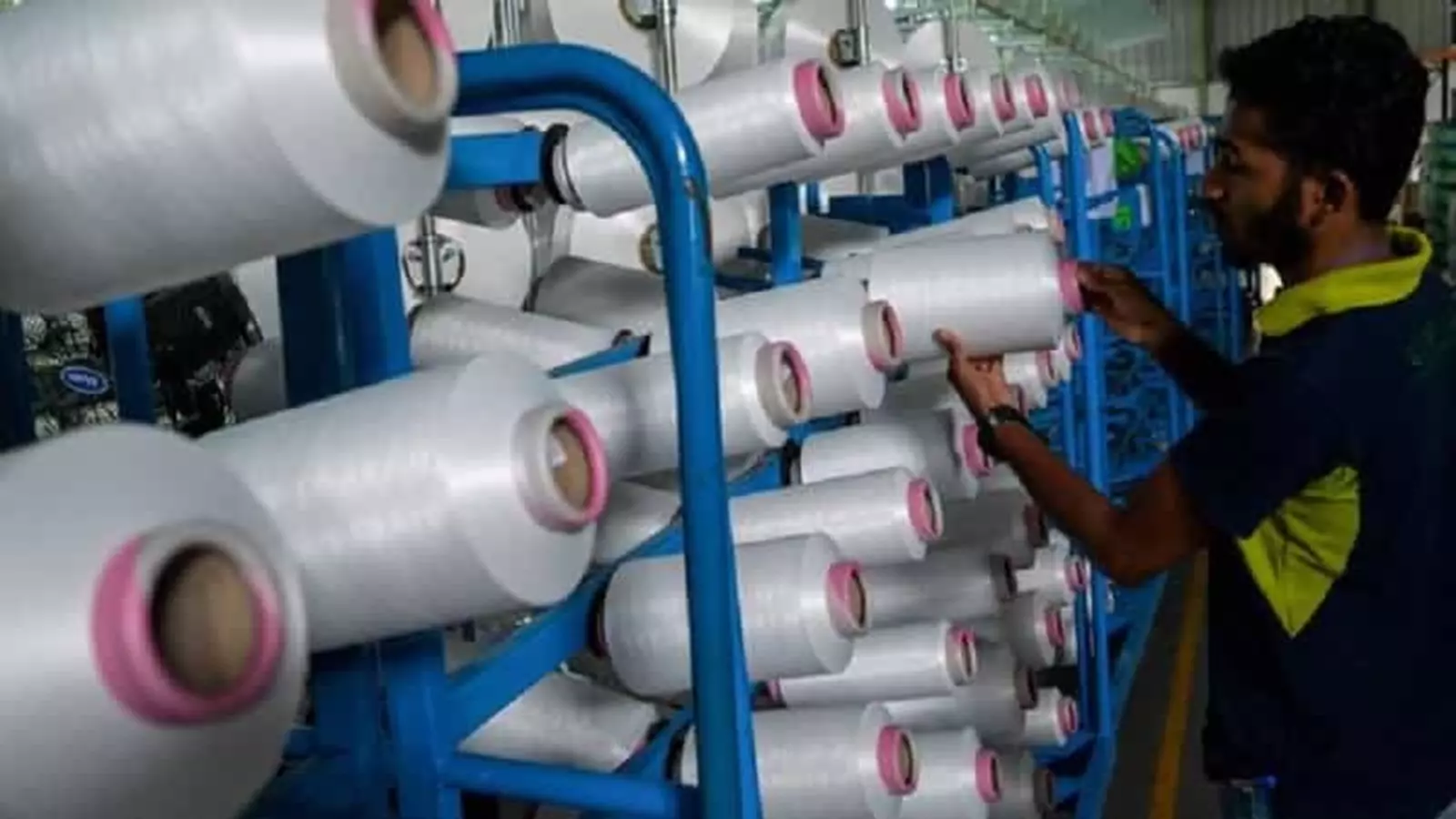

1.webp)








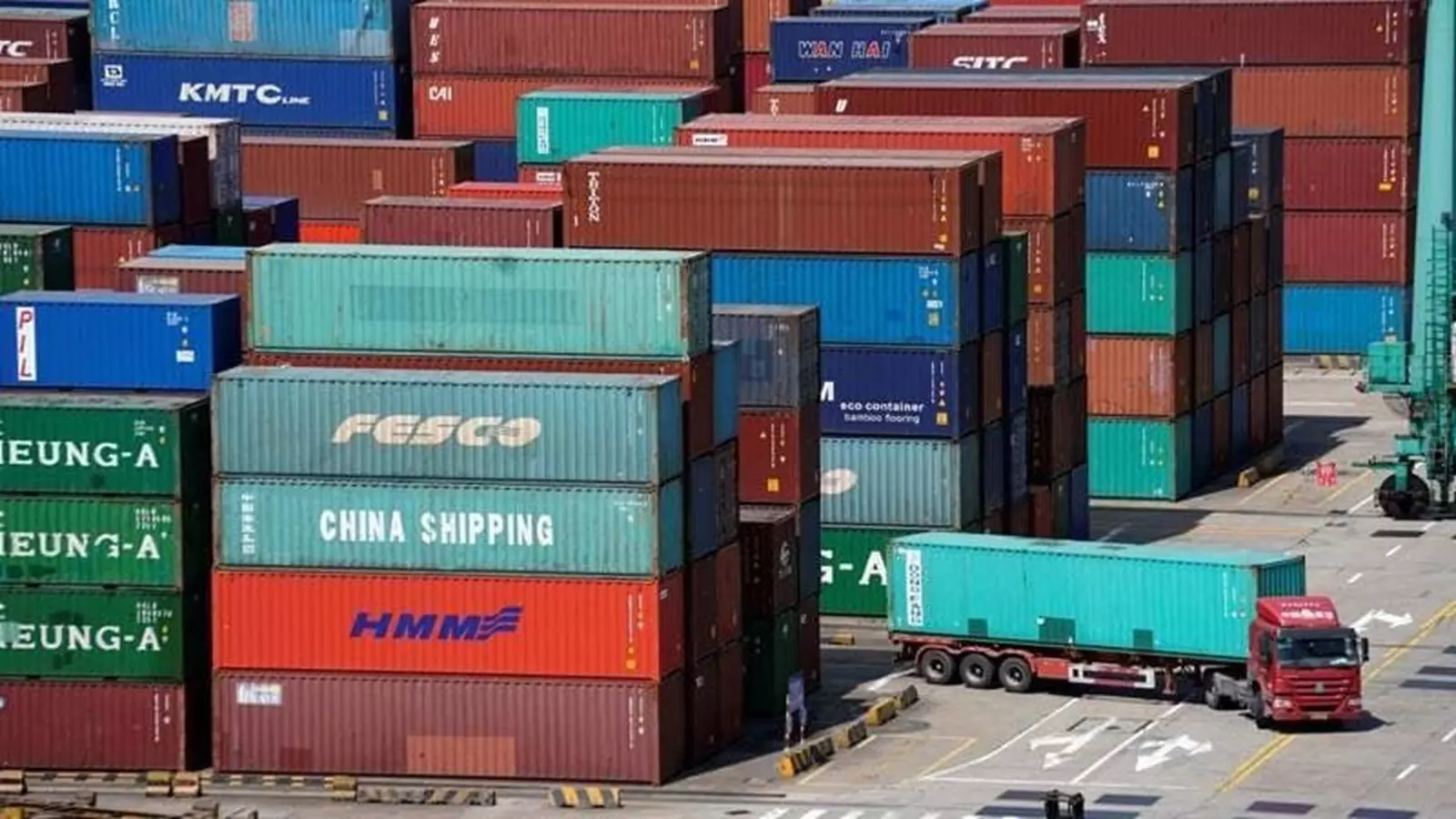





1.webp)
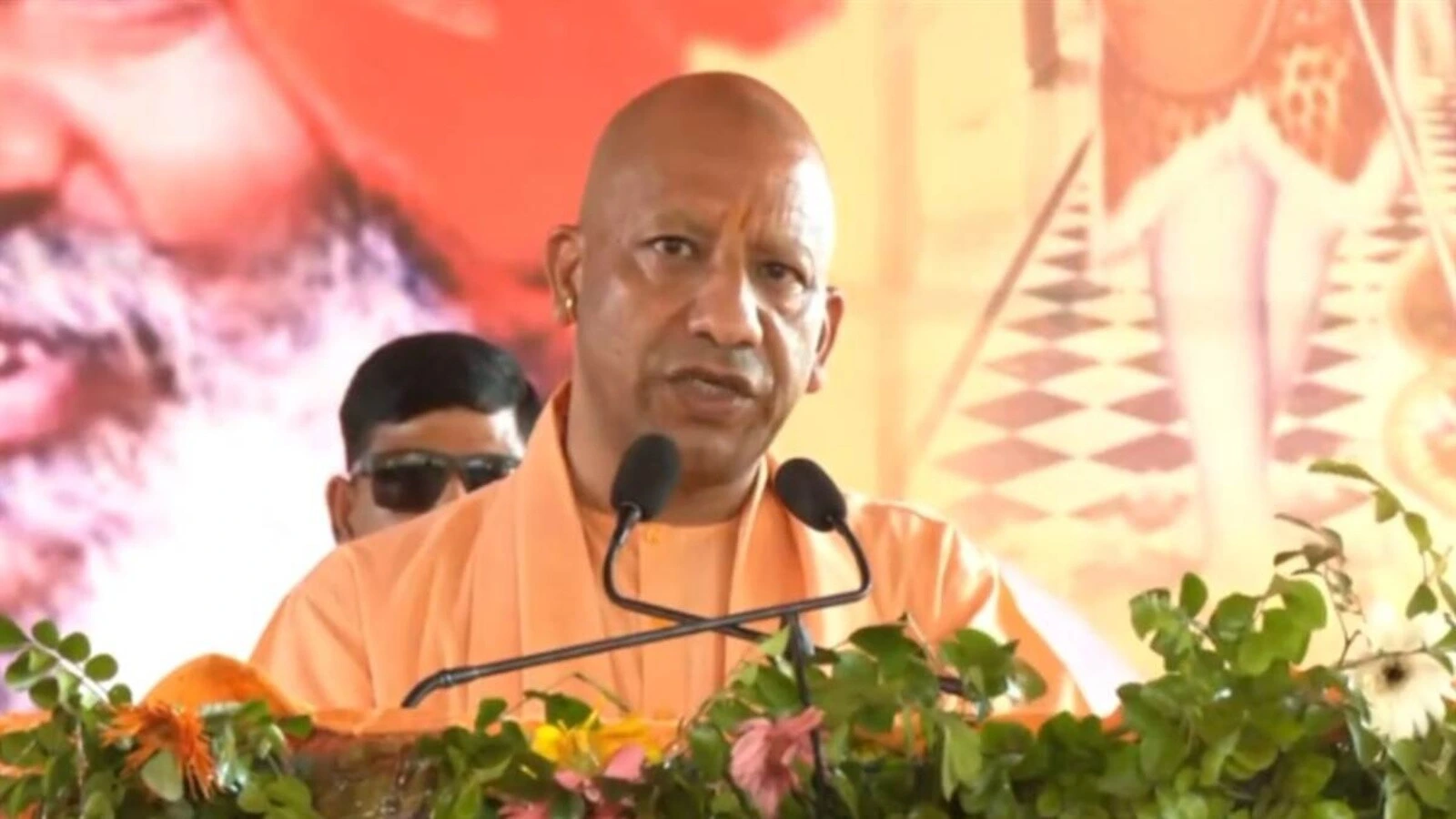










1.webp)
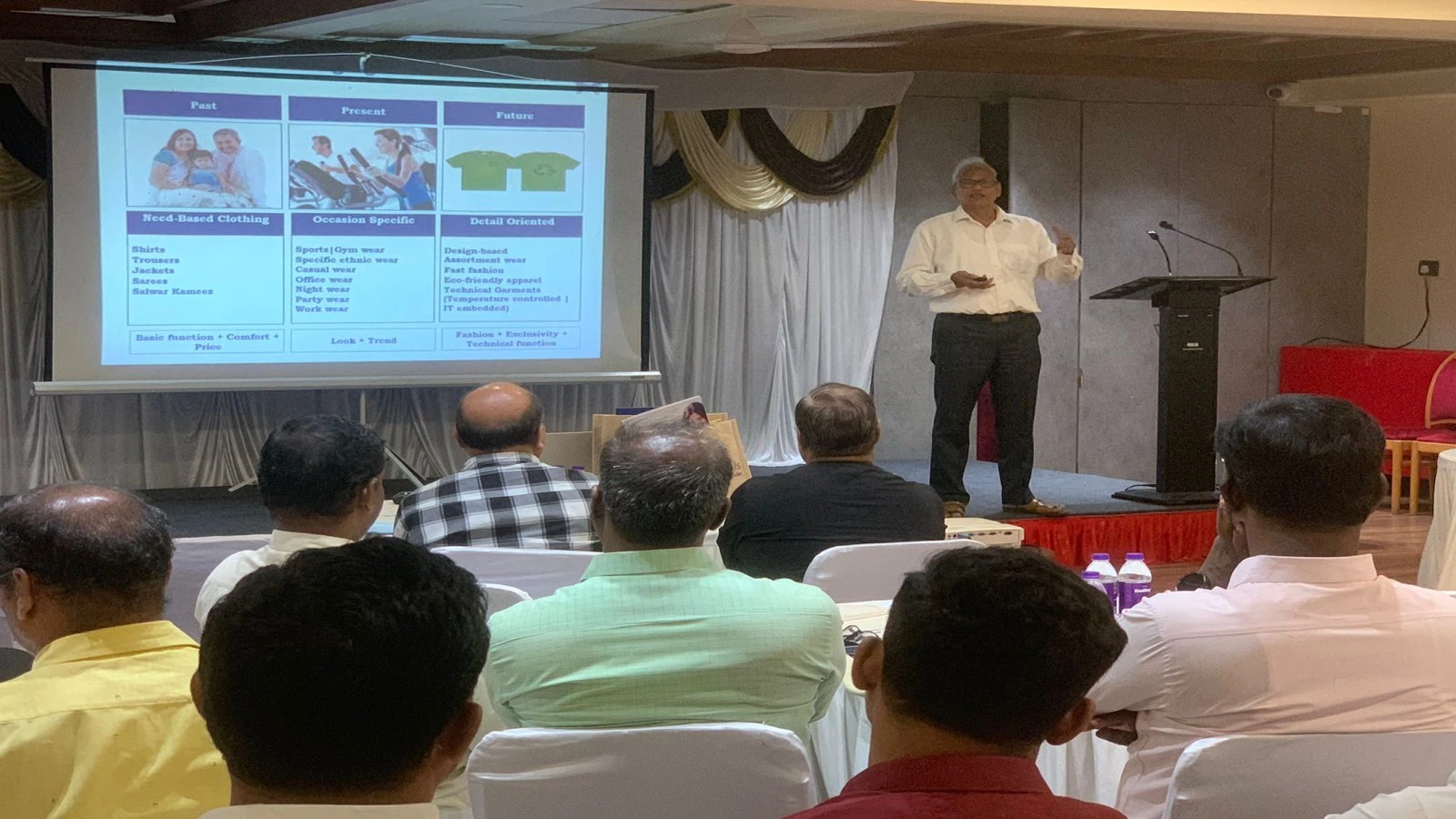



1.webp)

























1.webp)




















1.webp)




1.webp)
1.webp)













1.jpg)










































_large1.jpeg)














































.png)





.jpg)










1.jpeg)